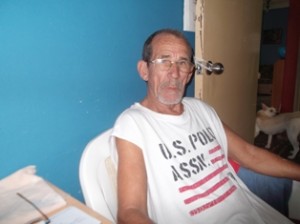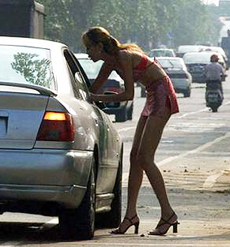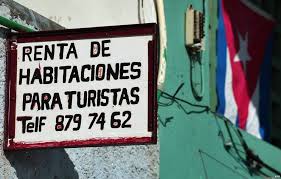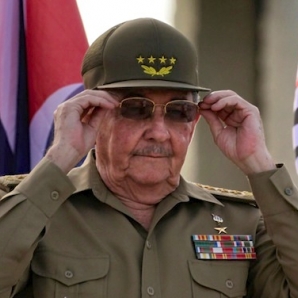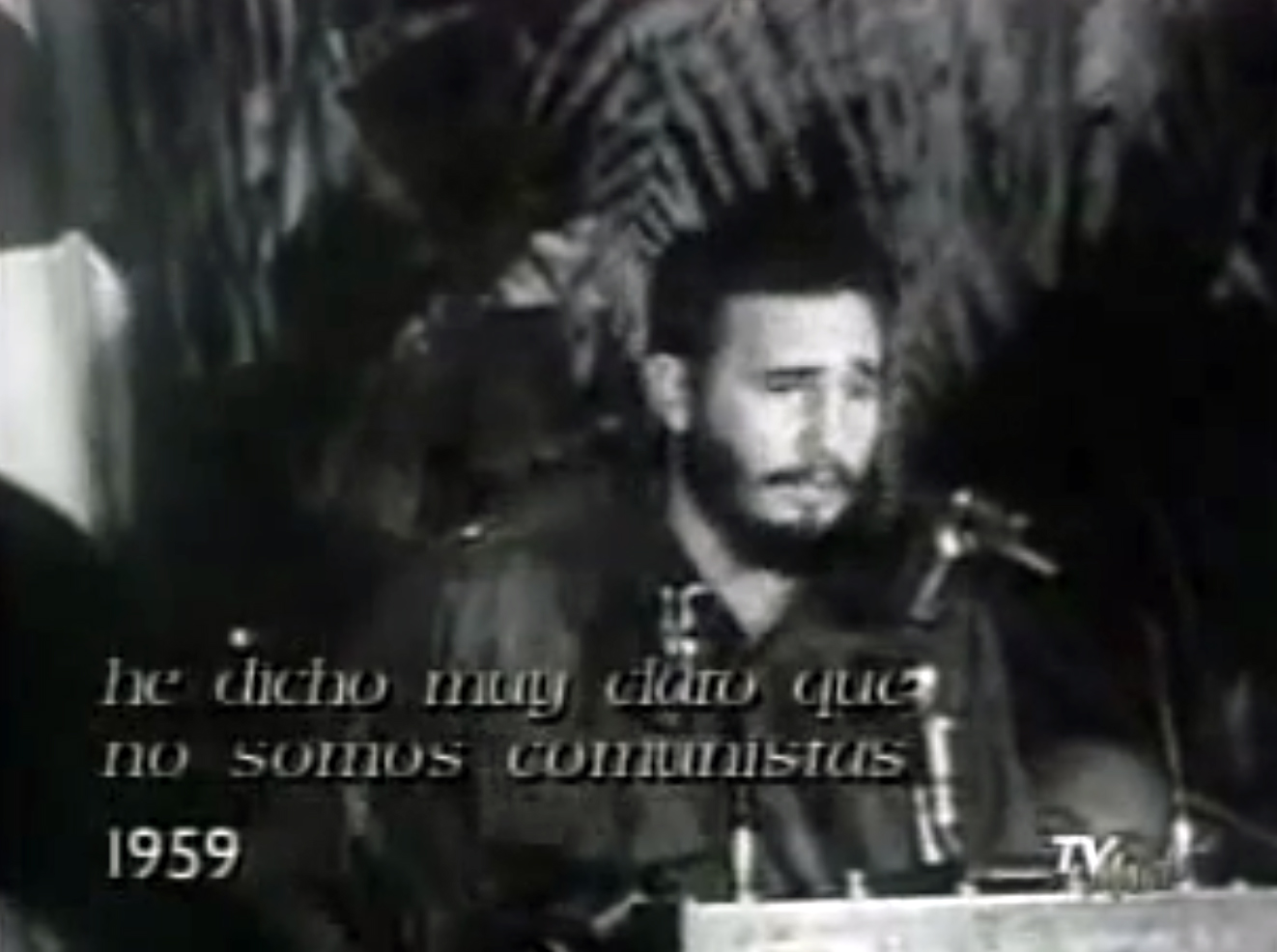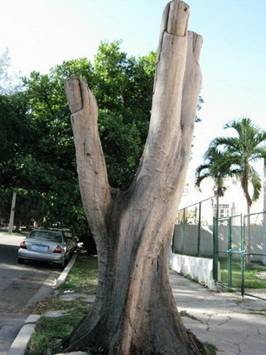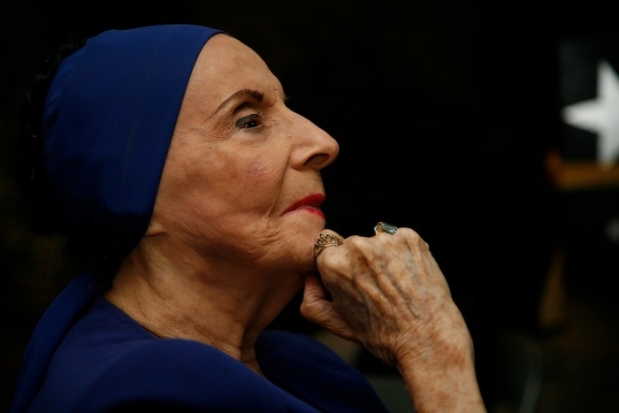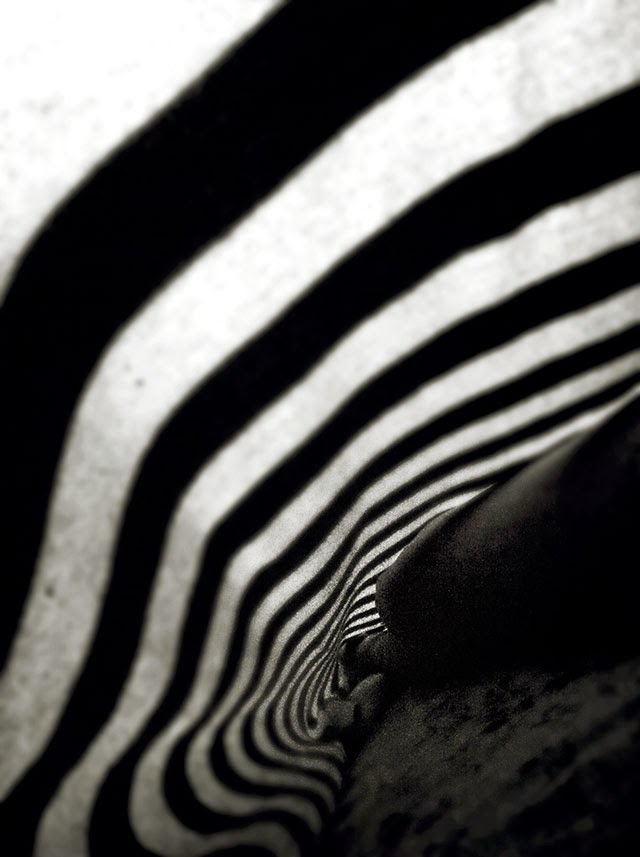 Never before have Cuban dissidents had it so easy. Fifteen or twenty years ago publishing a political document was a sure path to jail.
Never before have Cuban dissidents had it so easy. Fifteen or twenty years ago publishing a political document was a sure path to jail.
If you were an intellectual — I can recall professor Ricardo Boffill, the writer and poet Raul Rivero and the poet María Elena Cruz Valera — it was not enough for them just to disparage you with an editorial in the newspaper Granma.
You would lose your job. Your friends would not even say hello to you. You would begin to live clandestinely. Harassment by cowboys from State Security would make you paranoid. It was unbearable. They would disturb you at all hours, you would receive nasty calls in the middle of the night and, since they had absolute power, they could detain you as often as they saw fit.
Certainly, we still live under the Republic’s absurd “Gag Law,” a legal tool that allows the government to sentence you to twenty or more years in prison just for writing a newspaper article without state approval. However, from 2010 until now, 95% of arrests have been of short duration, lasting hours or days.
Of course, dissidents are still subject to karate kicks from plainclothes policemen dressed as peasants, beatings and verbal assaults in front of their homes.
Being a dissident in an autocracy while supporting democracy and political freedom carries a cost. Being subject to insults and death threats is never pleasant, but Cuban dissidents accept them.
But even if the repressors’ behavior seems savage and intimidating — which it is — fifty years ago you would have gotten the death penalty for the same things they are doing now. It isn’t much, but it’s something. The island’s dissident movement now enjoys recognition by democratic nations.
Outside the island they are more visible today. They communicate using blogs, websites, Twitter, Facebook and other digital tools. Some have received awards for their activism, and as of January 2013 they can travel and lobby American and international institutions. They chat with and take have their pictures taken with politicians.
They can also take classes that increase their knowledge. This is all positive but current circumstances in Cuban society require something more than speeches, periodic reports on human rights violations and drawing room meetings among dissidents.
The local opposition should try to reach agreement among themselves and devise a coherent political program that is inclusive and modern. Disagreements, egos and posturing should be set aside.
All dissidents agree on one point: Cuba must change. We must then work towards a common goal. It seems to me that this is the moment to be of one mind and to focus our efforts within the country.
Eight out of ten people with whom I spoke disagree with the regime. Even in official blogs by such writers such as Alejo, Gay Paquito and Elaine Díaz the complaints against previously sacred institutions reveal unhappiness within the society.
The things on which the opposition and a wide segment of the population agree are significant. Dissidents, whether they be workers or professionals, all suffer from the same material shortages caused by poor management by the government.
In our neighborhoods plumbing lines are broken and streets are full of potholes. The buildings where we live are in need of repair, the hospitals were we are treated are decrepit and in our children’s schools the poor quality of education is palpable.
It is necessary, however, to prioritize work within communities and neighborhoods. Although a high percentage of the population is in agreement with the dissidents, the divide between the population and the opposition is clearly evident.
Because of negative government propaganda directed against dissidents, many ordinary Cubans do not trust opposition figures. They see them as opportunists and demagogues.
Political proselytizing by dissident activists must be directed to the Cuban on the street. There is no point in publishing an article in a foreign newspaper, making statements on Radio Martí or giving a seminar at an American university when the audience we must convince is at our doorstep or on the sidewalk in front.
Another issue on which the dissident movement must focus is the subject of money and aid provided by foreign institutions. Transparency is paramount. It would be beneficial if they were to account for every centavo spent or resource received.
On official US government websites you can find out about contributions made by American agencies to the Cuban opposition. I am in support of this aid but not of the silence from dissidents who accept it without providing information on how it is being used.
The Cuban dissident movement should also try to find its own means of financial support. For example, it might start small, legally approved businesses that could subsidize its efforts as well as help others by providing employment.
Sometimes dependence on foreign institutions leads to undesirable compromises. A drawing room dissident movement is necessary but, I believe, now is the time to go out and look for followers in the streets.
Iván García
Photo: Unlike Cubans, Ukrainians took to the streets of Kiev to protest a political decision by their government. A majority of Ukrainians want to join the European Union rather than be affiliated with Vladimir Putin’s Russia. From La Jornada de México.
4 December 2013

